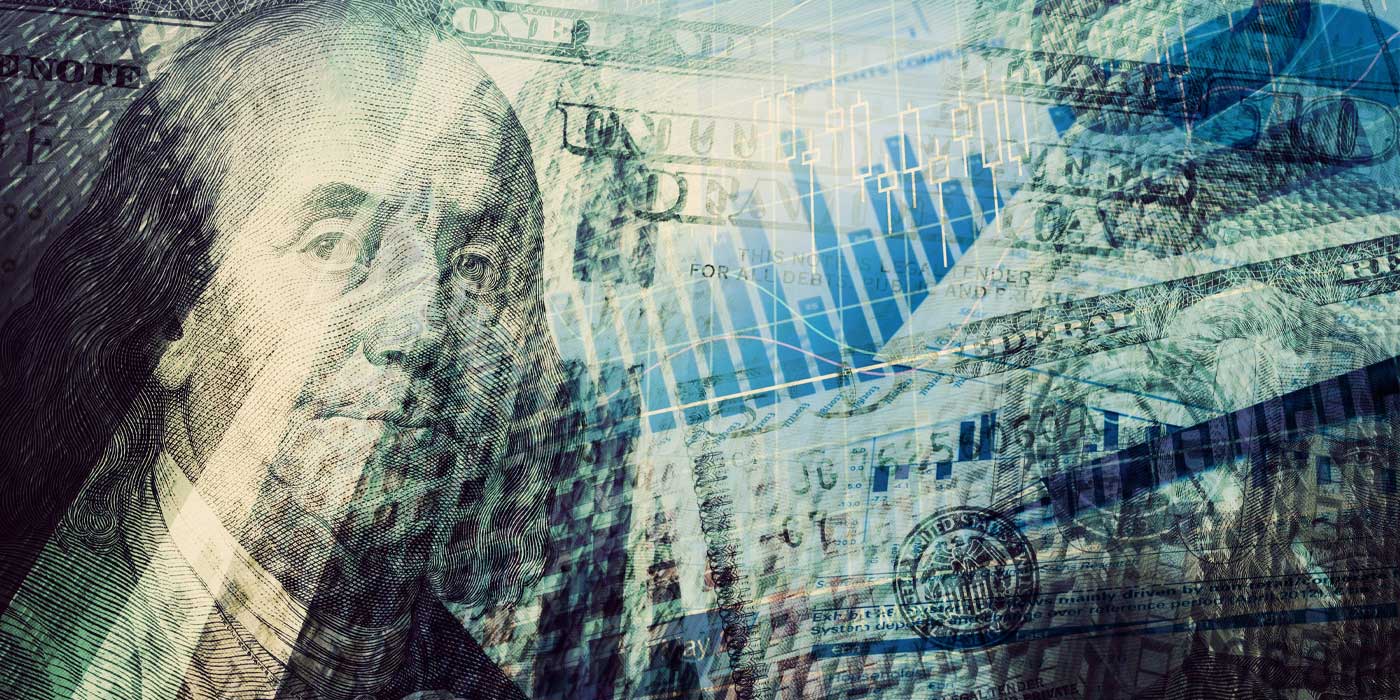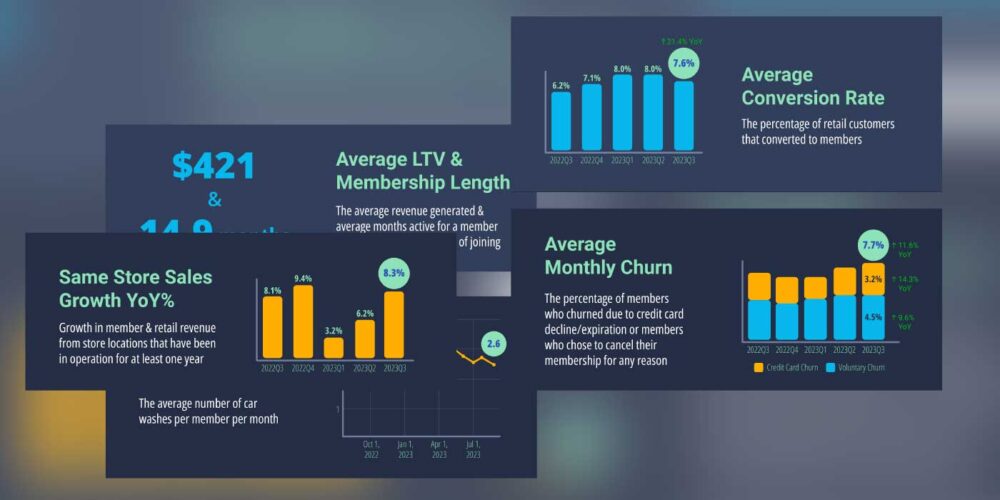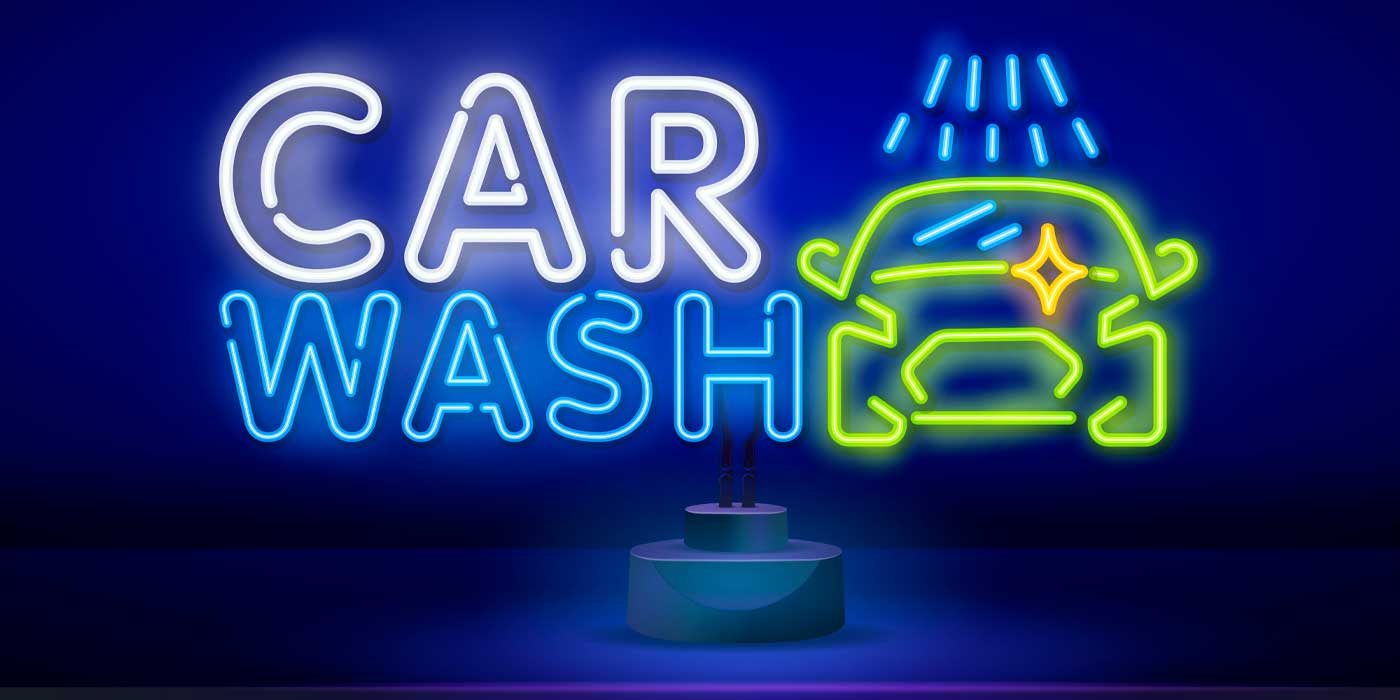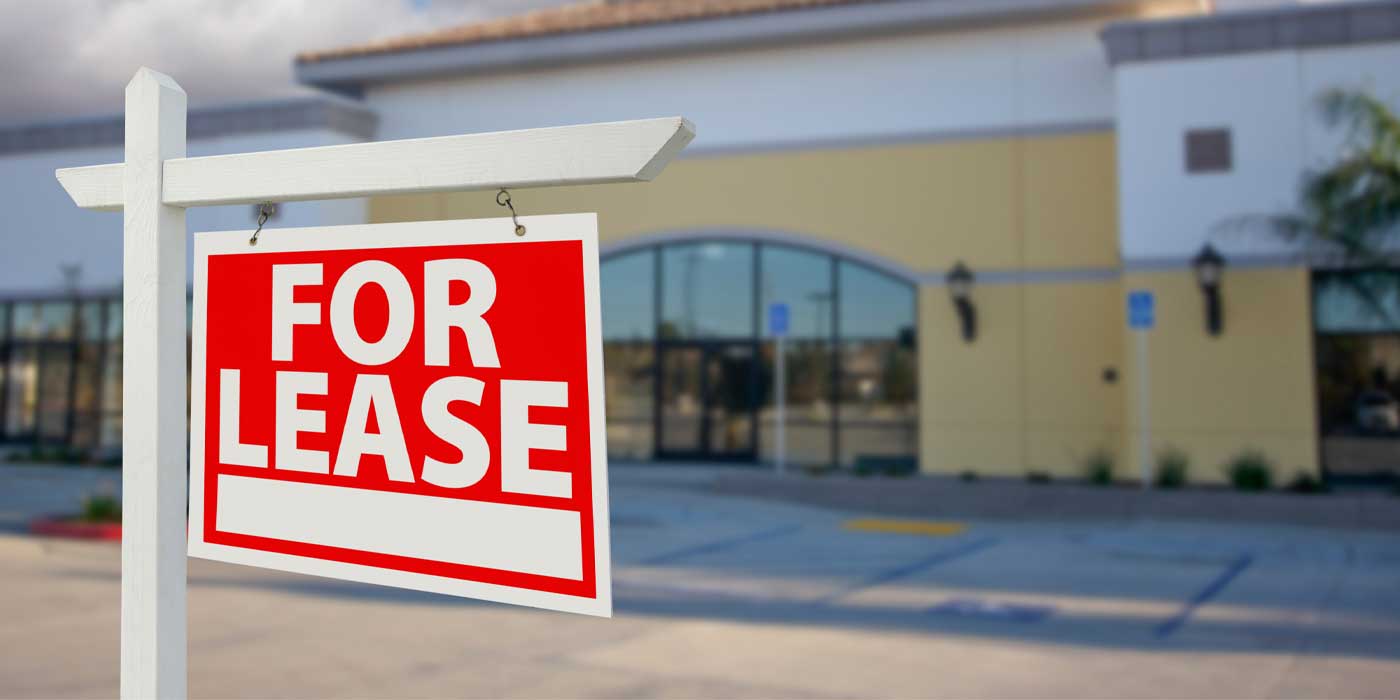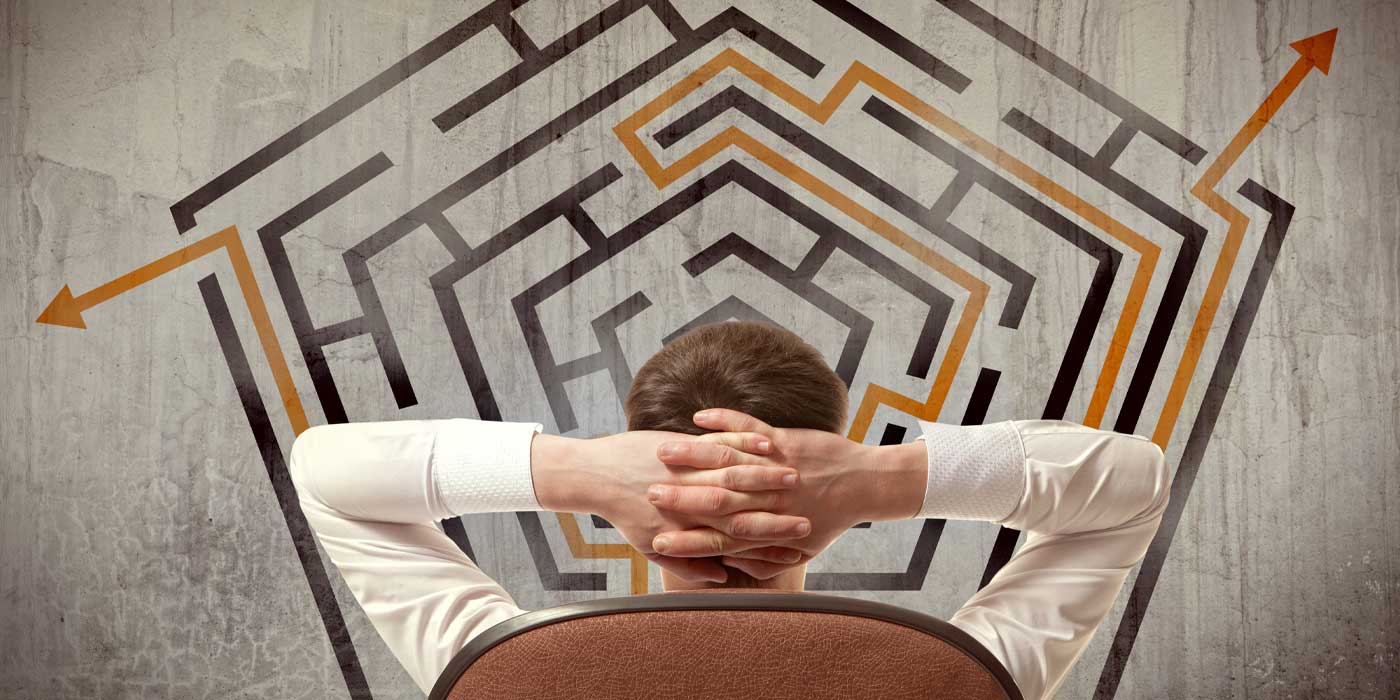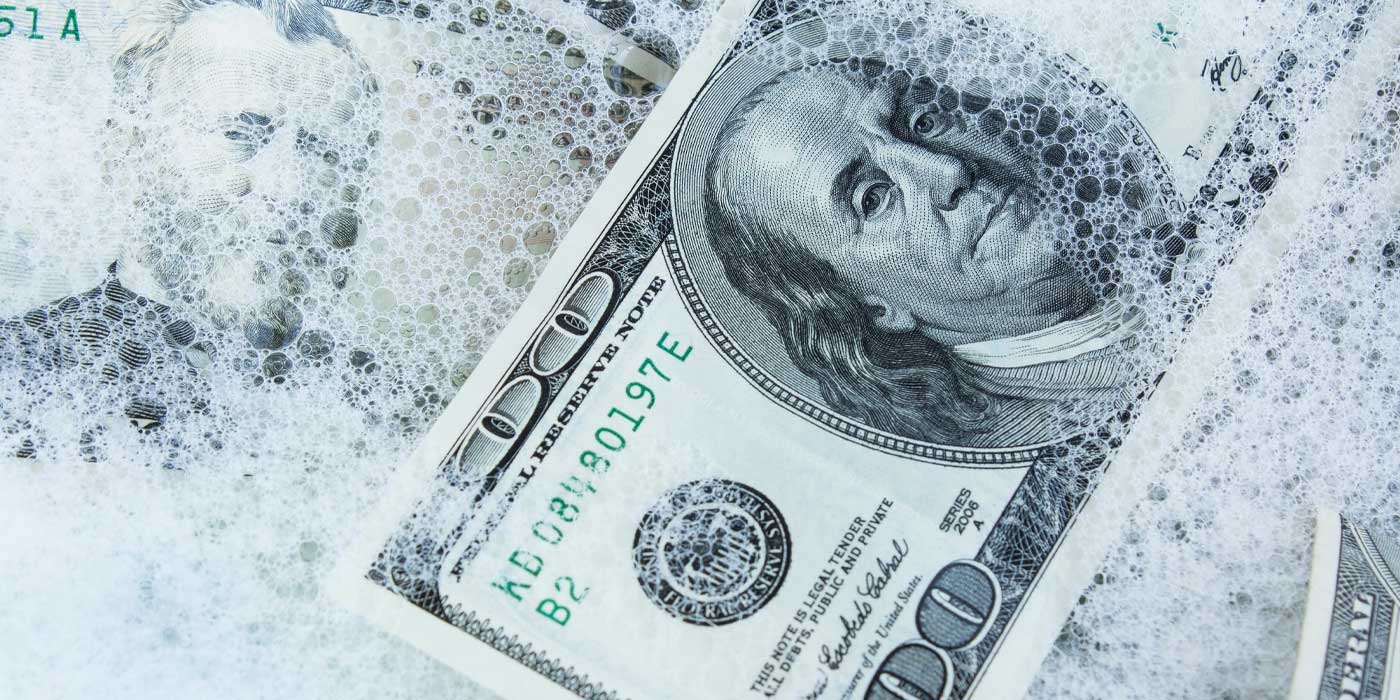Hello everyone and welcome to 2022.
For us in the carwash industry, there is hope that this year brings us back to the numbers we were used to back in 2019 and previous years. Depending on what kind of model you are running — express, in-bay automatic, self-serve or full-serve — you likely either saw periods of increase or periods of decrease.
The ups and downs
First of all, I would like to address what we’ve seen in the express and self-serve segments, which is periods of increase and sometimes very busy days. For those of us operating full services as well, we have seen a tremendous dip in volume to the tune of around 20%.
These numbers are now steady, but we don’t feel like the numbers will ever return to what they were back in 2017, for instance.
This reminds me of the 2008 crash when all carwashes across the board saw a 33% decrease in overall volume of which it never recovered. There are several factors that have contributed to this. However, the main one is simply a lack of disposable income.
What some people don’t understand is that the carwash is an end route, discretionary spending and destination choice for consumers. If economists really wanted to measure the health of the U.S. economy at any given point, they don’t need to look any further than the carwash industry.
Pandemic impact
Now that we are hopefully approaching the tail end of the pandemic, we have seen a change of administrations bringing about shaky consumer confidence, rising gas prices and forced wage increases — all affecting operators’ bottom lines.
Most people factor their weekly or biweekly carwash into their overall car budget. So, when they have to spend more on gas or an oil change, consumers simply have less to spend on washing their vehicles.
I know this to be true because my customers with electric cars all come in much more frequently than the other customers driving fuel-based vehicles. It is unlikely that we will ever recover from this 20% dip and we are forced to now contend with a new bottom line number just like we did in 2008-2009.
If we see consumer confidence rise and gas prices decrease, along with more people moving to electric vehicles, then we will likely see or start to see an increase in daily volume.
Another key factor I have noticed is that there’s simply not as many commuters on the road with more people now permanently working from home. This pandemic has shifted the paradigm in office and administrative labor permanently.
If you’re operating an express model carwash, I know some of you are probably trying new gimmicks and methods to keep customers coming in more frequently, such as complimentary towels, discount options and other frequent visitor programs as well as other more personal services like vacuum attendants and complimentary surface protectants.
I have been a private consultant now for over 20 years and I can’t remember the last time I didn’t have a client. I have not personally had any clients retain me for two years now.
This is an indicator that growth has slowed but there are also other factors (particularly in the express model), including pockets of oversaturation combined with increased costs to build and develop; thus, burning the profit at both ends, making it less of a viable option for some investors.
I think we’re still in for some more changes. And, with the advent of more technology-driven automobiles, we are going to see technology come into the carwash industry to accommodate and better fit those vehicles. I personally anticipate the day when I have 20 robot attendants that I put away at 6 p.m. and turn on again at 8 a.m. that will not need anything but maintenance and some lubrication for its servo system.
Thank you for reading.
Christopher C. McKenna of McKenna Assets, LLC, based in Redondo Beach, California, can be reached at 310-947-9711 or via email at [email protected]. Visit www.carwash-consultant.com for more information on specific customer marketing. For more information on this subject and other carwash equipment, products and services, please visit www.theschoolofwash.com.





